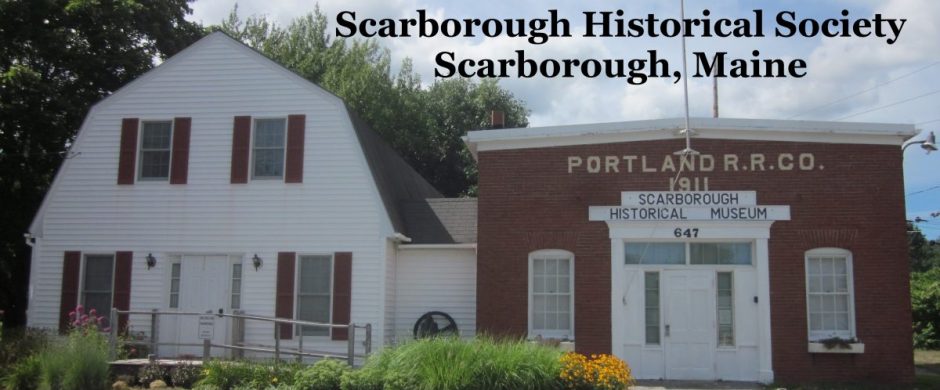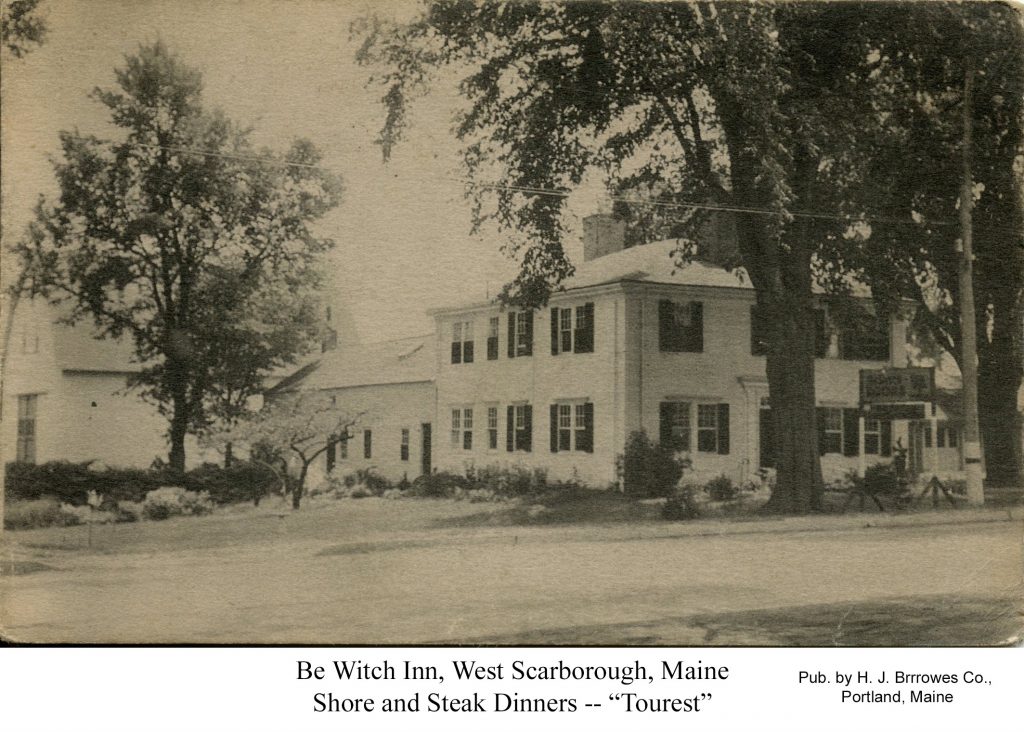by Linda Snow McLoon
The Marquis de Lafayette
Joseph-Désiré Court, Public domain, via Wikimedia Commons
The Marquis de Lafayette (1757-1834) was a French aristocrat and military officer who came to the aid of the American colonies during the Revolutionary War. He developed a friendship with George Washington, who put him in command of American troops in several battles, including the Siege of Yorktown. His participation in the war symbolized our link to France, without whose support we might not have won our independence from Great Britain.
As the last surviving Major General of the Revolutionary War, Lafayette was invited by President James Monroe and Congress to visit the 24-state country in 1824 for what would become his Farewell Tour in the United States. As he traveled through the various states, he was greeted along the roadways and in towns and cities by large crowds of cheering citizens.
Scarborough was among the towns that graciously greeted Lafayette in 1825. On his first day in Maine, the general dined in Kennebunk before spending the night in Saco. On the morning of June 25, he was escorted by a large cavalcade to the village of Scarborough and received with high feelings of gratitude by the townspeople.[1]
A newspaper article that appeared in 1900, 75 years later, describes Lafayette’s visit:
The citizens had an outrider to herald the approach of the illustrious Frenchman, and it was just a quarter before 8 when he appeared on the crown of the hill just beyond the village, swinging his hat and shouting, “The Gin’ral’s comin’!” Five minutes later the gorgeous coach that was presented Lafayette by the citizens of Philadelphia hove in sight drawn by four white prancing steeds, all resplendent in the dancing sunbeams of the early summer morning. When it rapidly bowled down the gentle declivity in full view of all the expectant townsmen a shout went up that Dunstan probably never heard before and from present indications will never hear again. The Dunstan people had erected a ‘noble arch’ (Dunstan was great on arches in those days, having erected one for Monroe seven years before and one for Jackson when he was expected), and the main street was thronged with spectators from miles around.
The General was entirely taken by surprise at the spontaneous demonstration and ordered a halt to hold a brief reception on the lawn in front of the residence of Dr. Alvin Bacon, where Judge Southgate, Dr. Bacon, Parson Tilton and other dignitaries of the town were presented to him. The General also called for a basin of water and a towel to bathe his face, as the morning was hot and the road somewhat dusty, and these together with a cake of soap were brought by a little daughter of Dr. Bacon’s, who always treasured the cake of soap while she lived, and it is still kept as an heirloom by the family.
The start was soon made and the General passed under the arch, upon which was inscribed, “Thrice Welcome to Lafayette.” The cheering was again renewed with added vigor, and Lafayette doffed his chapeau again and again. The visitors at Dunstan, many of whom were out for the day, filed in after the General’s coach and followed it to Portland, while many of the young men preceded the coach on horseback, all forming a procession nearly a half-mile in length that reached Portland shortly after nine o’clock.

Dr. Bacon’s house
Lafayette is reputed to have addressed the large group outside Dr. Bacon’s house under an impressive elm tree. While the tree is no longer standing, a piece of that tree – known as the Lafayette elm – is in the collections of the Scarborough Historical Society.
Dr. Bacon came from Charlestown, MA and settled in Scarborough around 1800, taking over the extensive practice of Dr. Southgate.[3] He was a favorite of all who knew him. When he rode out, he knew the names and personal history of the occupants of every house he passed.
He was present at almost every birth and tried to attend every burial. He sat many times with the minister beside a death bed. The doctor’s health eventually began to break down and he was obliged to gradually give up his practice. After a great deal of suffering in his last days, Dr. Bacon died in 1848 at the age of seventy-seven.[4]
[NOTE: This article is also available in PDF Format HERE.]
Endnotes
[1] John Francis Sprague, Sprague’s Journal of Maine History, p. 206
[2] Scarborough Historical Society, laminated scrapbook, 1884-1979, p. 68
[3] William S. Southgate, The History of Scarborough from 1633–1783, reprint, p. 207
[4] Dorothy Shaw Libbey, Scarborough Becomes a Town, p. 26


